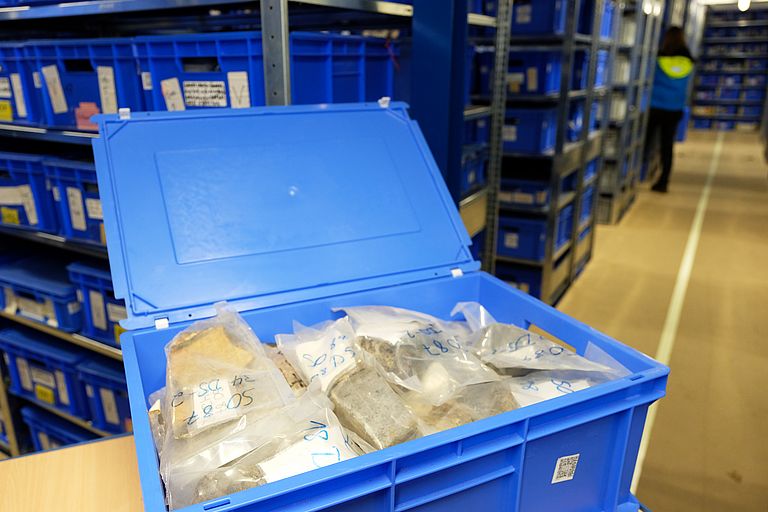Water cycles much deeper than previously thought
New study in Nature Geoscience reveals influence of subduction on the entire mantle
28 February 2017 / Kiel, Canberra. The earth in many ways is unique among the planets of the solar system. Probably the most striking characteristic is the enormous amounts of water, which today cover 70 per cent of the earth's surface. But water exists also thousands of kilometers below the surface, in the earth's mantle. It is, however, controversial how it got there. Has it been trapped there since the earliest times of earth's history? Or is water still being recycled from the surface into the deep regions of the earth's mantle?
A team of international scientists with the participation of the GEOMAR Helmholtz Centre for Ocean Research Kiel has now published a study in the journal Nature Geoscience, which provides evidence for the second assumption. "In the end, our results even have the potential to revive the discussion about the origin of the oceans," says geologist Prof. Dr. Colin Devey from GEOMAR, co-author of the study.
Read the full English press release on the Website of the Australian National University:
http://www.anu.edu.au/news/all-news/study-opens-new-questions-on-how-the-atmosphere-and-oceans-formed



